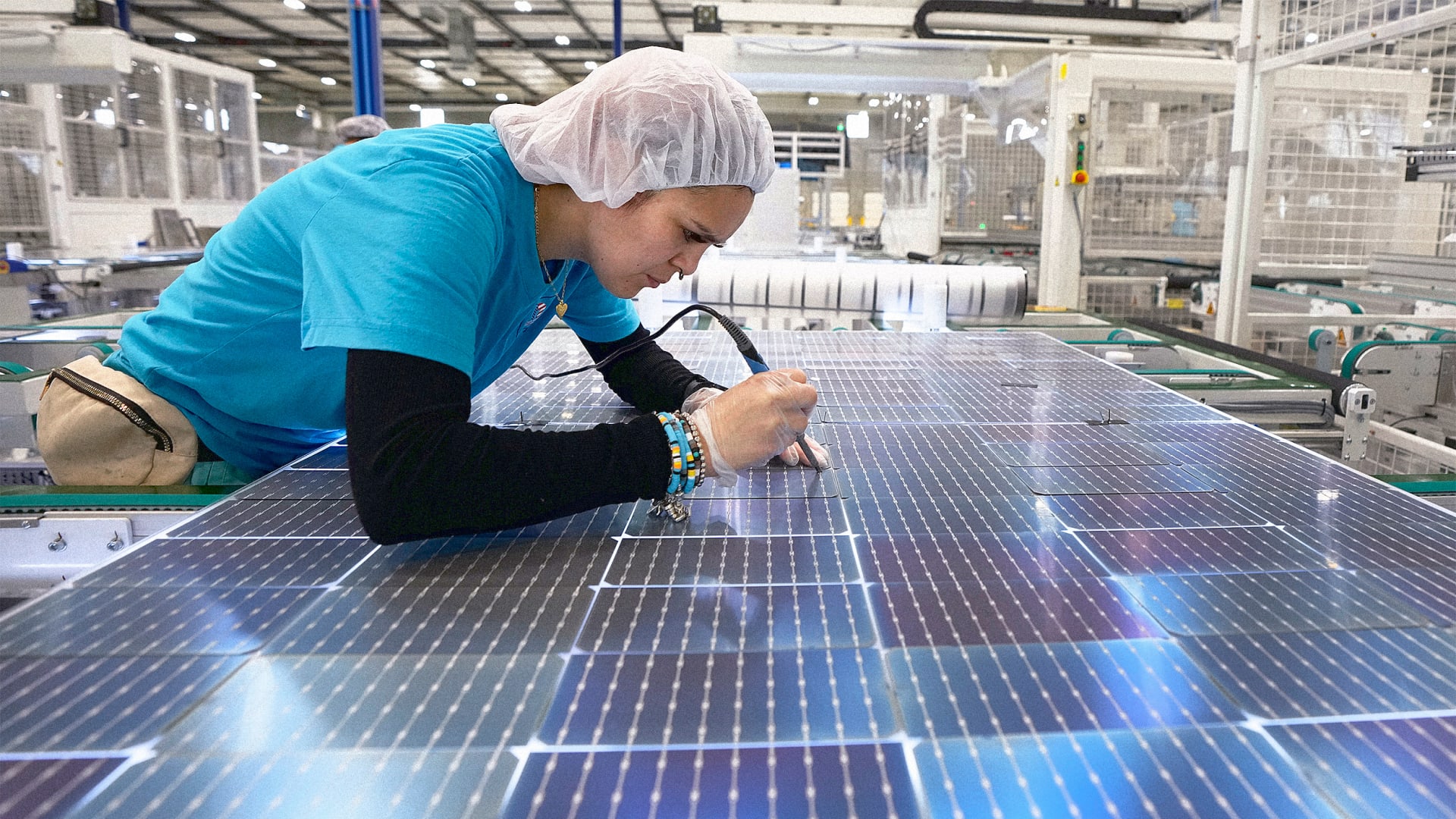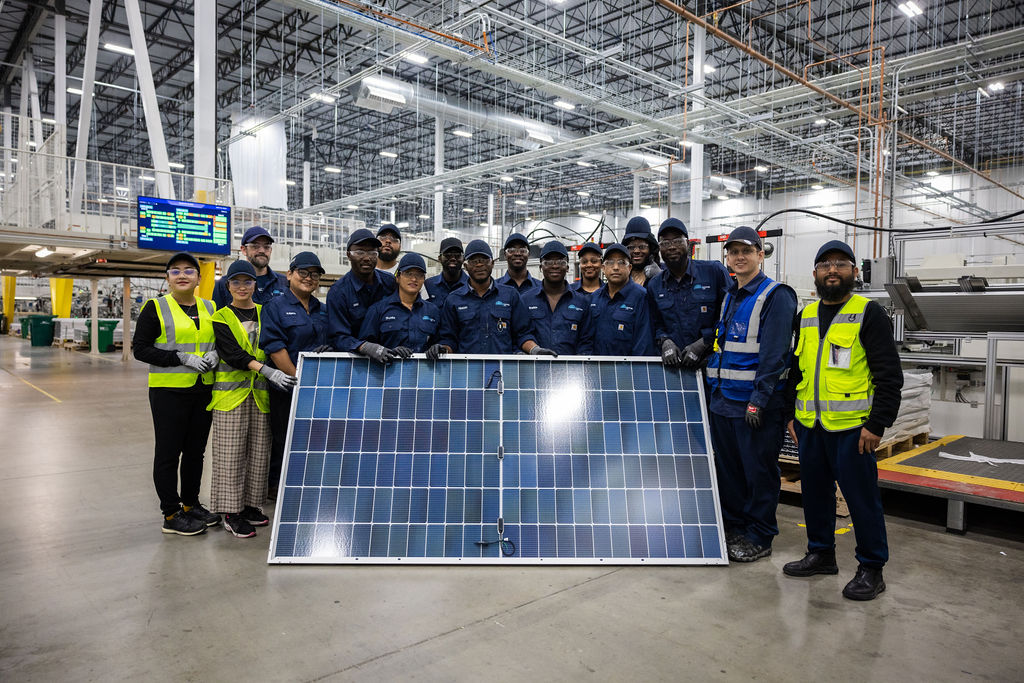Solar Energy Audit PA: Our Firm Specializes In The Installation And Management Of Photovoltaic Energy Systems
History and Development of Solar Panel Companies
The beginning of photovoltaic panel companies can be traced back to the 1800s when Alexandre Edmond Becquerel found the photovoltaic result. Would he have envisioned how his discovery would reinvent the method we harness energy?
Early Beginnings

In 1954, Bell Labs developed the very first useful photovoltaic cell. This marked a substantial milestone in the history of solar energy. They were at first utilized to power space satellites, but who understood this was simply the beginning?
Development and Growth
- In the 1970s, an energy crisis led to increased interest in sustainable energy sources, consisting of solar power.
- By the 1990s, advancements in technology and increasing ecological awareness resulted in the growth of solar panel companies internationally.
A New Era
As we got in the 21st century, the solar market witnessed an exponential growth. The demand for clean and eco-friendly energy produced a new age in the photovoltaic panel industry.
Fascinating Truths
- The world's first solar energy station was built in 1982 in Hisperia, California.
- By 2019, solar energy had actually ended up being the world's fastest-growing source of power.
The journey of solar panel companies has been impressive, hasn't it? The future holds tremendous potential, with constant advancements paving the way for a sustainable future. Can we visualize a world powered totally by solar energy?
Moving on
Today, solar panel companies continue to innovate, making every effort for more efficient and cost-efficient options. The advancement of solar power has actually come a long way, and yet, the journey has just begun.
The Core of Photovoltaic Panel Production
Ever wonder what goes into producing those glossy, sun-loving photovoltaic panels? The procedure is as outstanding as the end item (Commercial Solar Panels PA). High-purity silicon, the main active ingredient in solar panels, goes through different transformations to ensure its efficiency and resilience
From Sand to Silicon
Crystalline silicon, the foundation of most solar panels, originates from simple sand. It's a remarkable journey, isn't it? The sand goes through a high-temperature response with carbon to form silicon. This isn't simply any silicon. The silicon used in solar panels is "solar-grade," with a pureness of 99.9999%. It's this pureness that enables the panels to efficiently convert sunlight into power.
Ingot Formation
Once the silicon is pure enough, it's time to form ingots. Image a large, cylindrical block of strong silicon. How is this attained? Through a process called Czochralski process, where the silicon is melted and after that gradually recrystallized. It's a slow dance of science, leading to a solid item that is practically as pure as the raw silicon itself.
Slicing into Wafers
The ingots are then sliced into wafer-thin pieces, like slicing a loaf of bread. Each piece is a potential solar cell, waiting to harness the power of the sun. Did you understand that the silicon wafers are just about 200 micrometers thick? That's about half the thickness of a human hair! The process requires precision and persistence, however the result is a set of wafers ready to be turned into solar batteries.
Creating Solar Cells
With the wafer all set, it's time for the magic to take place. The silicon wafer is 'doped' with other elements like phosphorous and boron to produce an internal electric field. It's this field that allows the conversion of sunshine into electrical power. Complex, isn't it?
Assembly and Quality Control
Solar battery resemble puzzle pieces that come together to form a photovoltaic panel. The cells are soldered together in a grid-like pattern, then covered with a protective layer of glass. The final action includes strenuous quality assurance checks. After all, it's necessary that every photovoltaic panel performs at its peak, wouldn't you concur?
Insider Pointer
Always keep in mind that even the most optimally produced solar panel can lose performance due to dirt and particles build-up. Regular cleaning can significantly improve your panels' performance.
Understanding the Environmental Effect of Photovoltaic Panel Business
Ever contemplated the environmental footprint of a solar panel company? Green innovation, such as solar, has changed our energy landscape, however what about the behind-the-scenes impact?
The Manufacturing Process: A Double-Edged Sword
The manufacturing procedure for photovoltaic panels requires a substantial quantity of energy. This procedure, called 'em bodied energy', can be deemed a form of 'energy financial obligation'. It's a little like obtaining today's sunlight to power tomorrow's energy requirements. Stress not, the energy repayment time is frequently shorter than you 'd think!
- The energy repayment duration for photovoltaic panels is typically 1-4 years.
- After this period, the energy produced is basically carbon-free.
/https://static.texastribune.org/media/images/2014/09/29/SolarINspection.jpg)
Life After Decommission
And what takes place when a solar panel reaches the end of its lifespan? Can it just be tossed into the trash? No, that wouldn't be really green, now, would it?
A feasible option is recycling. While photovoltaic panel recycling is still in its infancy, it holds a world of potential. Recycling not just keeps materials out of garbage dumps however likewise reduces the requirement for brand-new basic materials.
Accountable Sourcing: More Than A Buzzword
Where does the silicon come from, you ask? Unfortunately, the market's demand for silicon and unusual minerals can result in destructive mining practices. Accountable sourcing is for that reason important to decrease hazardous environmental impacts.
Reduced Carbon Emissions: The Bigger Image
Let's not forget the bigger photo: solar energy substantially reduces carbon emissions. When set up, photovoltaic panels generate tidy, sustainable energy, offsetting their initial production footprint.
In short, the ecological effect of solar panel business is a complicated problem. Nevertheless, with accountable practices, the guarantee of a cleaner, greener future is well within our grasp.

Financial Performance and Market Share of Solar Panel Companies
Ever wondered why some photovoltaic panel companies - Top Rated Solar Installers PA outperform others in the market? What sets them apart? The essential depend on their monetary performance and market share
Financial Efficiency: A Critical Indication
Financial efficiency plays a critical function in the success of any company. For solar panel business, it's no different. Strong financial efficiency makes it possible for these business to invest in advanced technology, research, and advancement, thus producing high-quality, here efficient photovoltaic panels.
How do they accomplish this? With a concentrate on expense performance and strategic investments. Business that handle to lower production expenses without compromising on quality tend to fare better in the market.
Market Share: A Step of Success
Market share, on the other hand, is a direct reflection of a business's popularity among consumers. A high market share implies more house owners are choosing their solar panels over rivals.
What's the secret dish for gaining a bigger market share? It comes down to consumer satisfaction and brand credibility. Business that focus on consumer requirements and maintain a favorable brand image are most likely to capture a bigger share of the marketplace.
- Consumer Fulfillment: Solar panel business that deliver trusted items and exceptional customer care tend to have greater client fulfillment rates.
- Brand Reputation: A strong brand credibility is developed with time through consistent delivery of quality product or services.
Financial Efficiency and Market Share: The Symbiotic Relationship
Surprisingly, the relationship between monetary efficiency and market share is not one-sided. They feed off each other. A strong monetary efficiency can increase a company's market share, while a high market share can improve monetary efficiency.
As a solar panel business, balancing these 2 aspects is important for long-term success. A business that neglects either of them may find it challenging to maintain its position in the competitive solar market.
The Takeaway
What does all this mean for you? Whether you're a property owner aiming to install solar panels or a financier considering the solar industry, understanding the financial performance and market share of solar panel business is necessary. They are essential indicators of a company's health and capacity for future development.